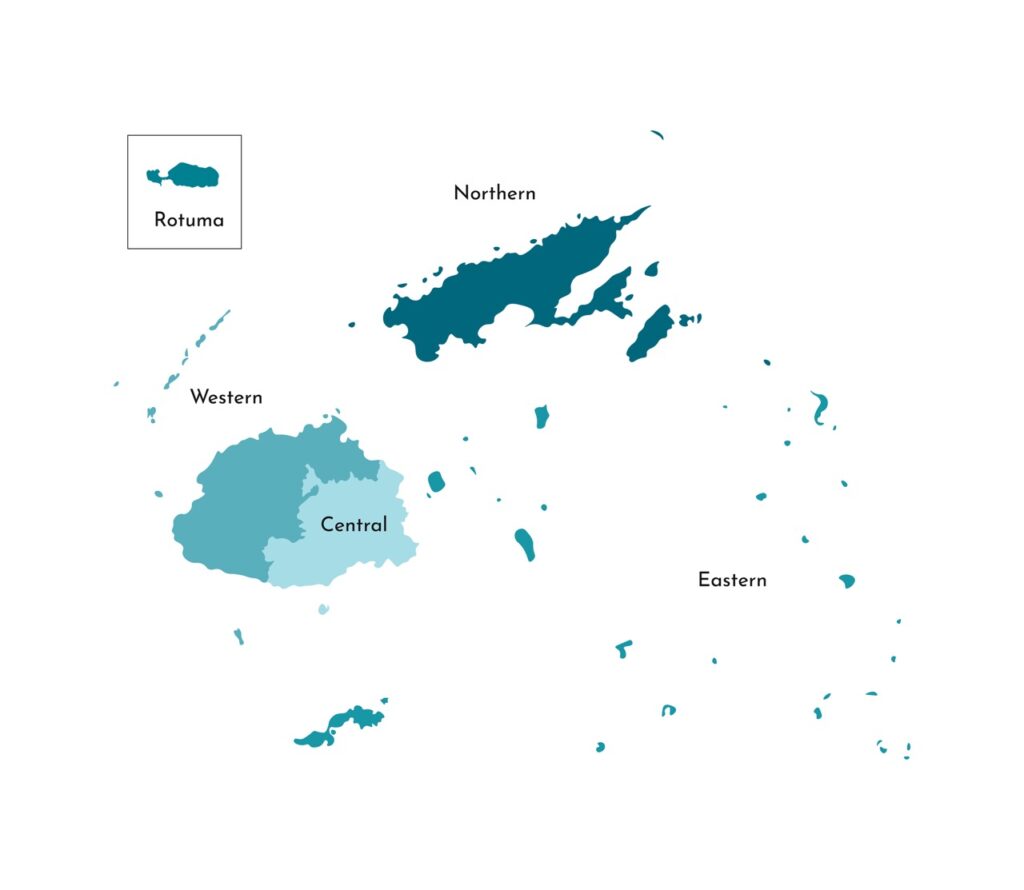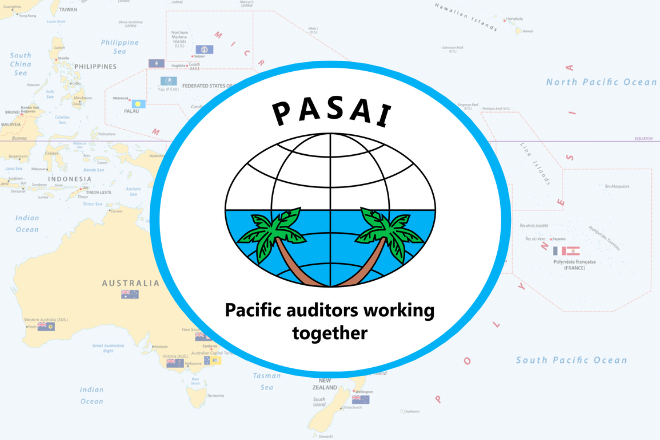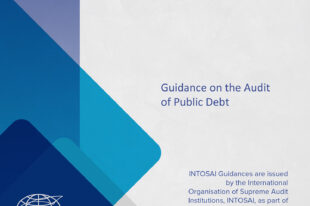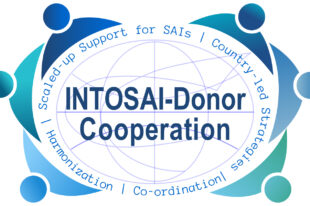Author: Meresimani Vosawale-Katuba, Director – South Pacific, PASAI
After the Office of the Auditor-General (OAG) of Fiji established a Quality Assurance (QA) function in 2017, the benefits went beyond assurance that the SAI’s audit engagements complied with ISSAIs. It also enabled the SAI to implement improvements to its audit methodology and Quality Control (QC) system.
Despite quality assurance being new territory for the OAG Fiji, there were certain elements that set the new function on a pathway to success.

Just two existing staff members formed the new QA team, but they had sound technical knowledge and appropriate audit experience. Critically, they also had the support of the Auditor-General and his executive management team.
The team benefitted from the INTOSAI Development Initiative’s weeklong training for QA reviewers and used PASAI’s Quality Assurance Manual as a useful reference to guide its activities. There was also QA materials from AFROSAI-E and guidance from the Tasmania Audit Office (through a SAI twinning programme funded by the Australian Department of Foreign Affairs and Trade).
Finally, the OAG already had an effective QC system and documented ISSAI-based audit methodology in place. This provided a benchmark for the OAG’s work to be measured against during a QA review.
The QA team reported directly to the Auditor-General and was soon maintaining a database of findings from all its QA reviews. The database highlighted ‘key focus areas’ audit teams needed to work on. The team conducted awareness sessions of the significant or recurring findings from the QA reviews. It held separate sessions for the preparers and the reviewers of working papers.
The QA team’s composition has changed from its inception, but it continues to conduct awareness sessions so fellow staff keep ‘key focus areas’ in mind while performing audits.
A significant impact of SAI Fiji’s QA reviews is that teams are more careful to ensure quality in their audit working papers, and to obtain sufficient and appropriate audit evidence. The SAI’s audit engagement teams also appreciate how a sufficient and rigorous risk assessment affects the planned audit approach.
Significantly, the independent QA function assisted the OAG to identify and address areas for improvement in its audit methodology. This resulted in a consistent approach to quality across the SAI.
Quality audits are achieved when audit engagements are done consistently, in line with the requirements and principles of ISSAIs, within a strong system of quality controls, and in an environment where auditors practice the fundamental principles of objectivity, independence, integrity and ethical behaviour.
Simply put, achieving quality audits takes time and needs collaboration and commitment from everyone involved in the audit quality management system at a SAI. This process is therefore a continuous journey of improvement for a SAI and its people.
Continually finding better ways to conduct audits enables SAIs to provide value-adding insights to auditees. This is the foundation for providing value to citizens.







